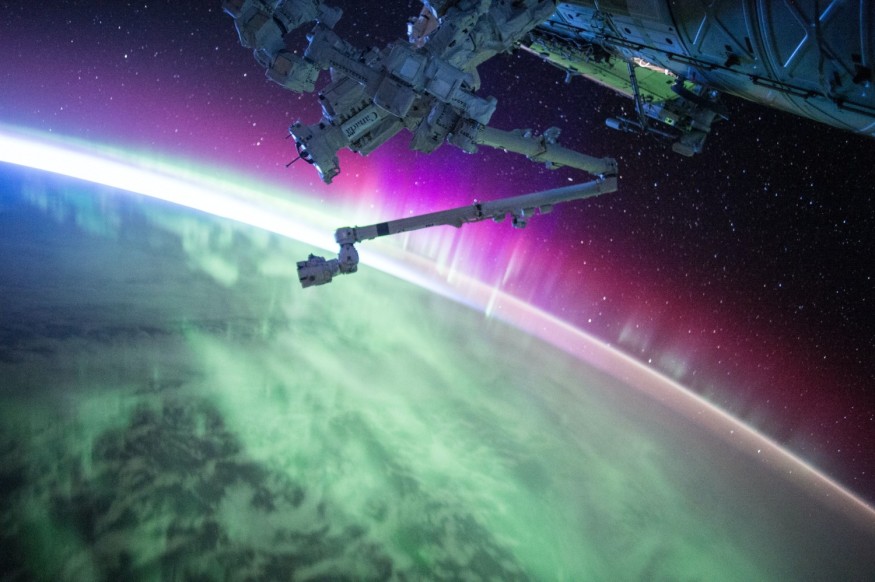
According to expert forecasts, the strongest Northern Lights will undoubtedly be seen for the following 18 months as a result of upcoming intense solar storms.
Each wave of the aurora borealis, which is commonly referred to as the northern lights, has its source on a specific part of the solar surface. These celestial illuminations are anticipated to be plentiful over the next eighteen months due to heightened solar activity. Since late 2022, there has been a significant uptick in sunspot sightings, a pivotal factor in predicting the aurora borealis. In some instances, this surge has expanded the geographical range where this natural light spectacle can be observed.
Upcoming Intense Solar Storms
The highest northern lights activity of the upcoming decade and the previous 20 years may begin in the next 18 months if it continues, according to scientists. This wonderful event will go farther south and be visible more regularly and from a wider variety of locales worldwide.
Skywatchers are excited by the forecast, said Mark Miesch, a scientist with the National Oceanic and Atmospheric Administration (NOAA) and the University of Colorado Boulder.
The Solar Cycle 25 Prediction Panel, a NASA and NOAA-supported scientific assembly that forecasts sunspot activity, had initially predicted a below-average count of 110 to 115 sunspots at its peak in 2019. However, updated predictions from numerous scientists point to the possibility of a significant increase in solar activity.
The experts predict that solar activity will increase significantly until the fall of 2024.
As per Miesch, this season presents the highest likelihood of witnessing the aurora borealis. Space weather results from sunspots, recognized by their darker appearance, reduced temperature, and heightened magnetic activity on the sun's surface.
This occurs during coronal mass ejections, which are instances where magnetic anomalies eject particles into space. These particles journey nearly 94 million miles with the solar wind before encountering gaps in Earth's magnetic field and interacting with atmospheric elements, resulting in the mesmerizing brilliant display of vibrant colors in the sky.
Strongest Northern Lights
Since the Earth's magnetic fields are weaker near the Polar regions, the aurora borealis tends to be more pronounced there.
The visibility range of the northern lights this year, however, has already been boosted due to the increased solar activity. As far south as some areas in Wisconsin, Minnesota, and even Arizona have confirmed recent sightings.
Solar weather isn't the sole factor for stronger northern lights activity. During equinoxes, Earth's magnetic field amplifies, aligning its vulnerable areas toward the sun, easing space particle entry into the Earth's atmosphere. This alignment triples aurora sightings at lower latitudes during magnetic disturbances. This is why experts say to expect a surge in northern lights soon.
Sunspots, recorded since the 17th century, offer a historical perspective. Miesch suggests sunspots are portals to compare modern solar activity with the past.
© 2025 NatureWorldNews.com All rights reserved. Do not reproduce without permission.





